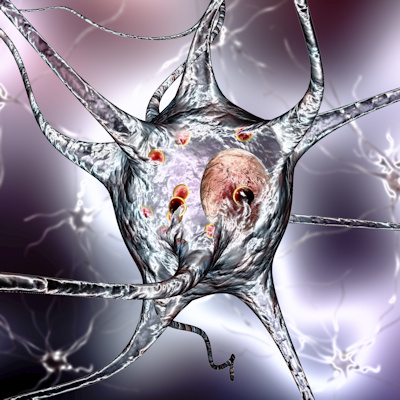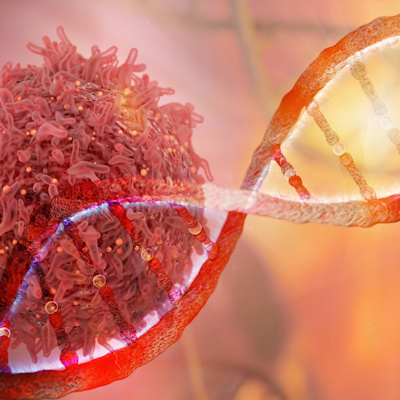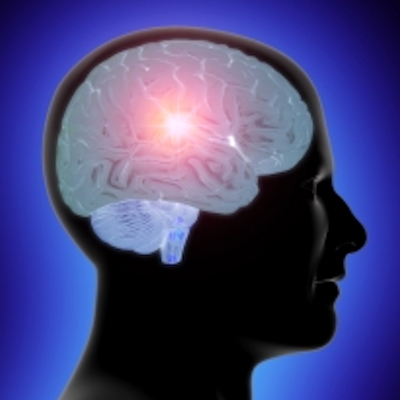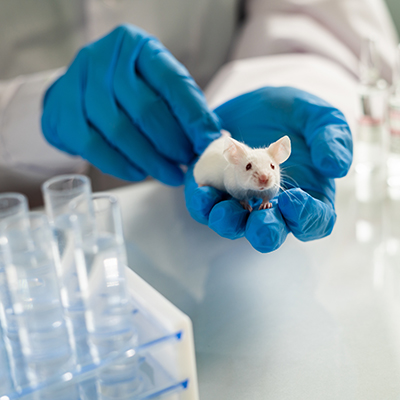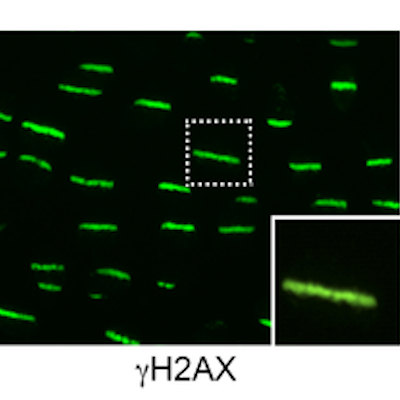February 15, 2023 -- Harvard Medical School researchers have discovered a novel mechanism used by neurons to repair the DNA damage induced by neuronal activity. The study, published February 15 in Nature, revealed a protein complex that initiates a pathway to repair DNA breaks.
Unlike most other cells, neurons -- among the longest-lived cells in the body -- do not regenerate or replicate. Using brain cells helps maintain memory and cognitive functioning throughout life; ironically, the associated activity also damages neuronal DNA.
Neurons remodel themselves daily in response to environmental cues, ensuring the brain's adaptation and operation over a lifetime. This remodeling process is partly accomplished by activating new programs for gene transcription. Neurons use these programs to turn DNA into instructions for assembling proteins. However, active transcription in neurons comes with a cost: it makes the DNA vulnerable to breaks, damaging the very genetic instructions needed to make proteins that are essential for cellular functioning.
The researchers sought to discover how the brain balances the costs and benefits of neuronal activity. To learn whether there were specific mechanisms that neurons employ to mitigate DNA damage, they investigated the transcription factor NPAS4, a protein specific to neurons. Although NPAS4 was known to be primarily activated in neurons in response to elevated neuronal activity driven by changes in sensory experience, it was unclear why neurons had this extra transcription factor that other cell types lacked.
The researchers conducted a series of experiments on mice. They determined that NPAS4 exists as part of a complex made of 21 different proteins, known as NPAS4–NuA4. They then established that this complex binds to highly damaged sites on neuronal DNA, and mapped those sites' locations. When components of the complex were inactivated, more DNA breaks occurred, and fewer repair factors were recruited. Conversely, sites where the complex was present accumulated mutations more slowly than sites without the complex. Finally, mice lacking the NPAS4–NuA4 complex in their neurons had significantly shortened lifespans. The researchers concluded that this complex plays a critical role in initiating a novel DNA repair pathway that can prevent the breaks that occur alongside transcription in activated neurons -- an extra layer of DNA maintenance embedded within the neuronal response to necessary, yet damaging, activity.
Researchers hypothesize that this mechanism may be even more prevalent in the long-lived human brain, where there is more time for breaks to occur, and for DNA to be repaired. If confirmed in humans, the findings could provide insight into how and why neurons break down when neurodegenerative disease or aging occurs.
"We think this is a really promising mechanism to explain how neurons maintain their longevity over time," Washington University co-first author Elizabeth Pollina said in a statement. "It opens up the idea that all cell types in the body probably specialize their repair mechanisms depending on their lifespan, the kinds of stimuli they see, and their transcriptional activity. There are likely many mechanisms of activity-dependent genome protection that we have yet to discover."
Copyright © 2023 scienceboard.net




